List of all recipes¶
This section contains the list of all compiled recipes, including those that are not part of any of the other sections.
A ML model for the electron density of states

Atomistic Water Model for Molecular Dynamics

Batch run of CP2K calculations

Computing NMR shielding tensors using ShiftML
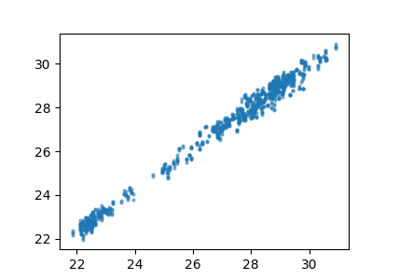
Conservative fine-tuning for a PET model
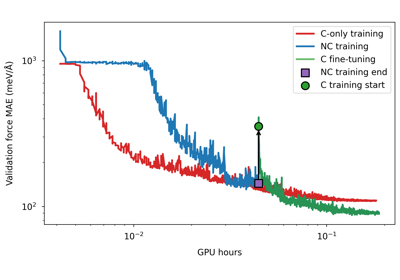
Constant-temperature MD and thermostats
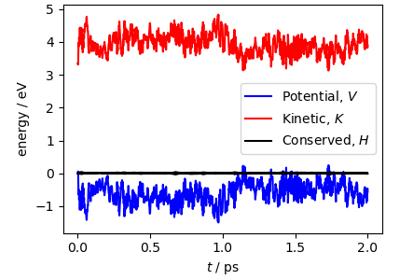
Equivariant linear model for polarizability
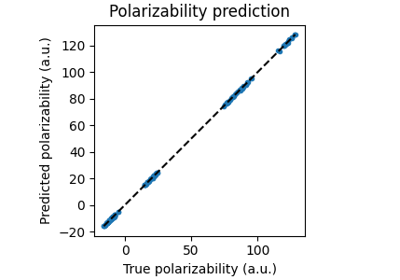
Equivariant model for tensorial properties based on scalar features
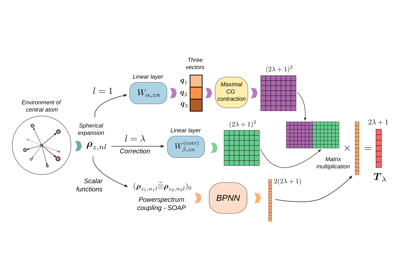
Finding Reaction Paths with EON and a Metatomic Potential
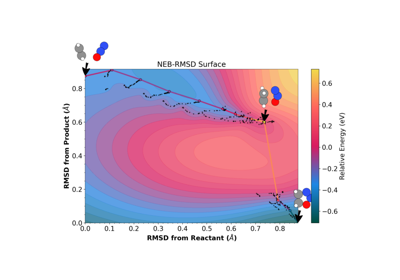
Fine-tuning the PET-MAD universal potential
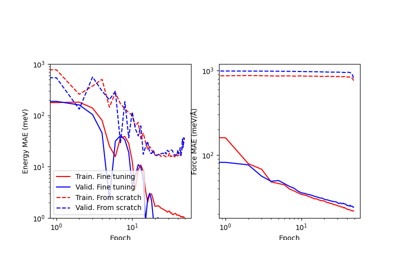
Generalized Convex Hull construction for the polymorphs of ROY

Hamiltonian Learning for Molecules with Indirect Targets
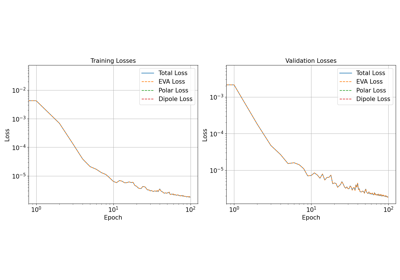
Learning Capabilities with torchpme
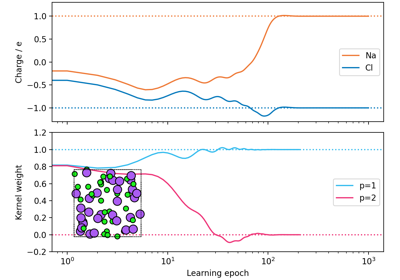
Local Prediction Rigidity analysis

Long-distance Equivariants: a tutorial

Long-stride trajectories with a universal FlashMD model
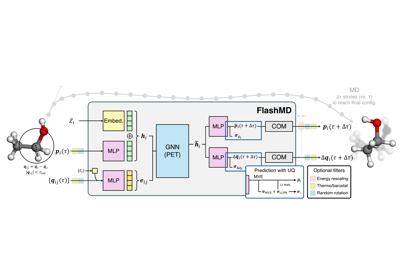
MD using direct-force predictions with PET-MAD
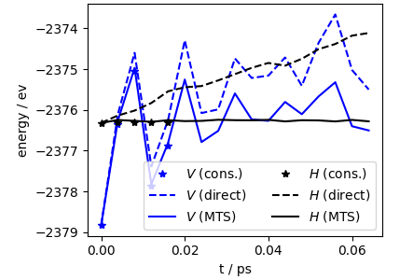
ML collective variables in PLUMED with metatomic

Multiple time stepping and ring-polymer contraction
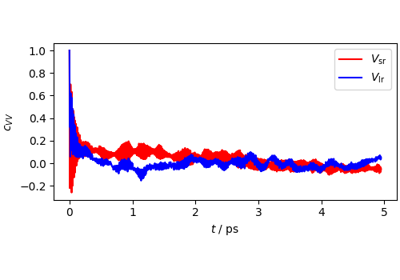
PCA/PCovR Visualization of a training dataset for a potential

Path integral metadynamics
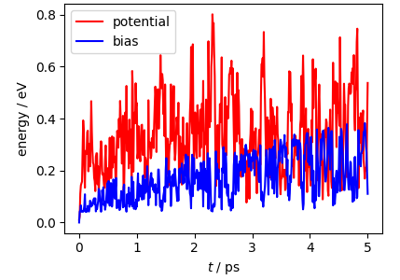
Path integral molecular dynamics

Periodic Hamiltonian learning

Quantum heat capacity of water
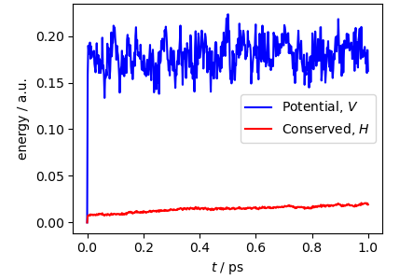
Rotating equivariants
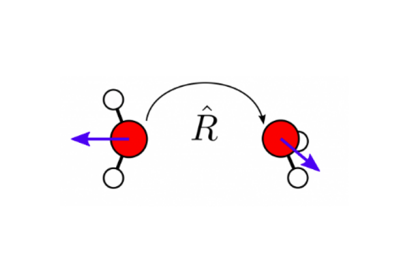
Sample and Feature Selection with FPS and CUR

The PET-MAD universal potential
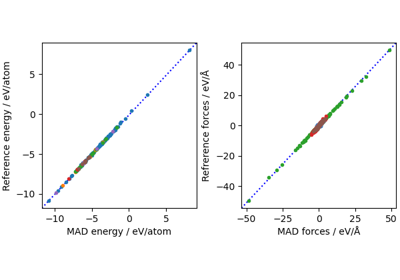
Uncertainty Quantification with PET-MAD
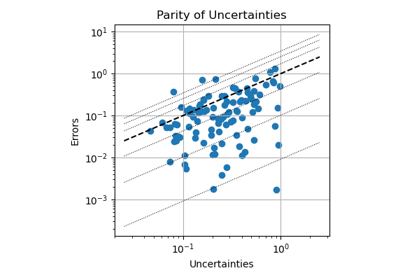
Water orientation in a pulsed electric field
